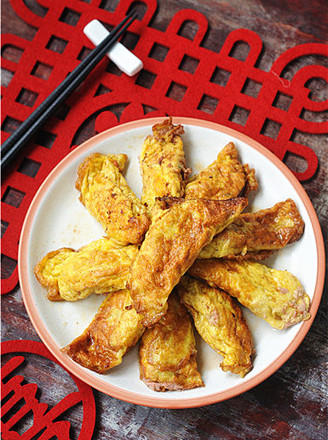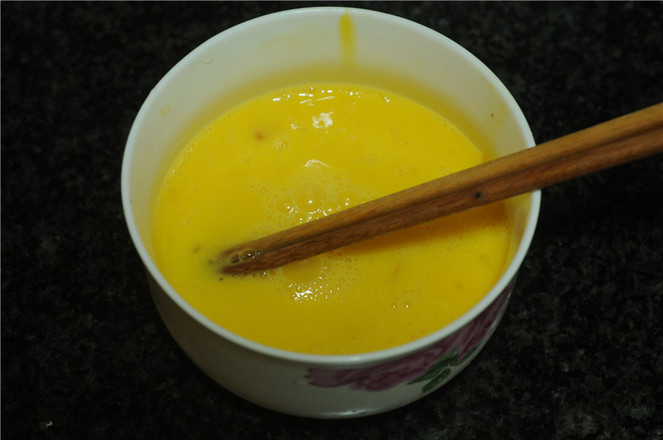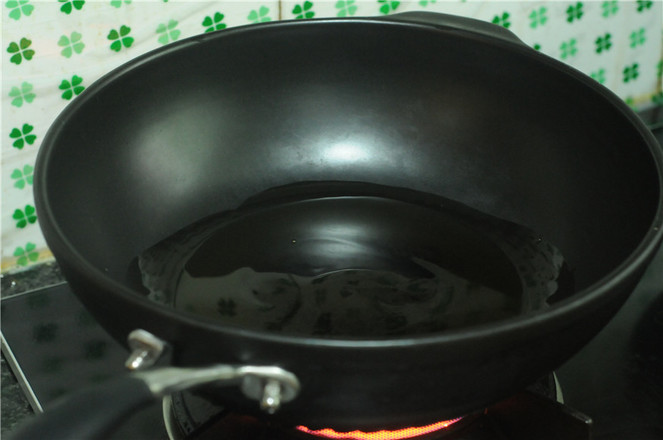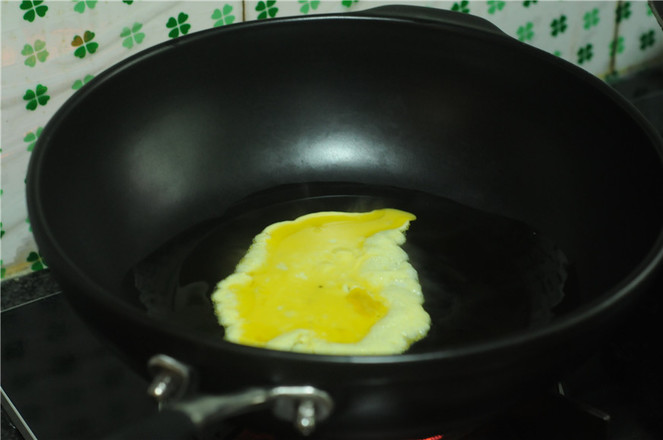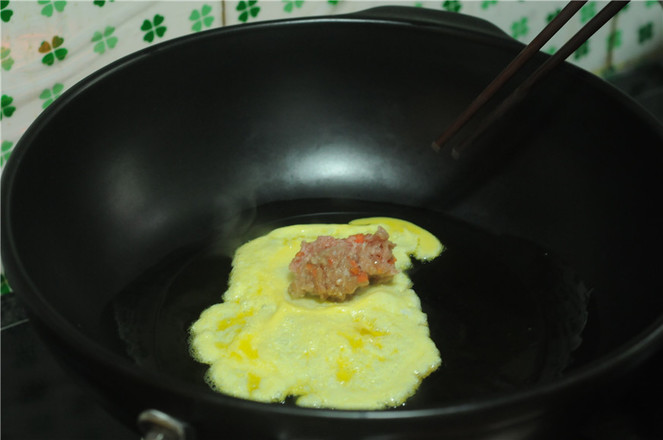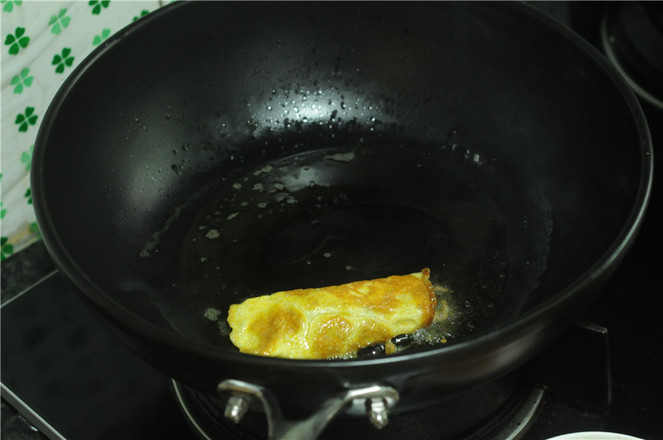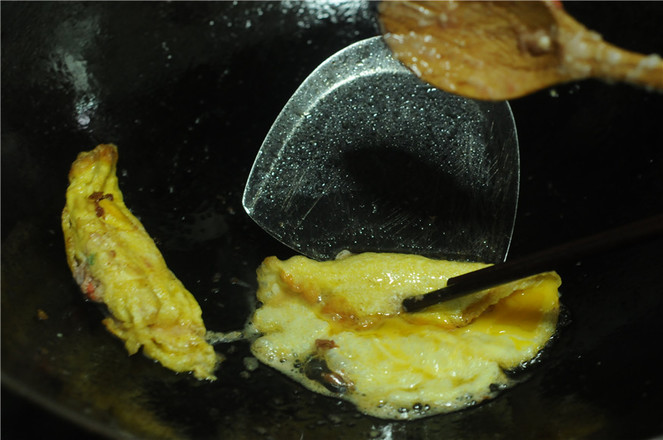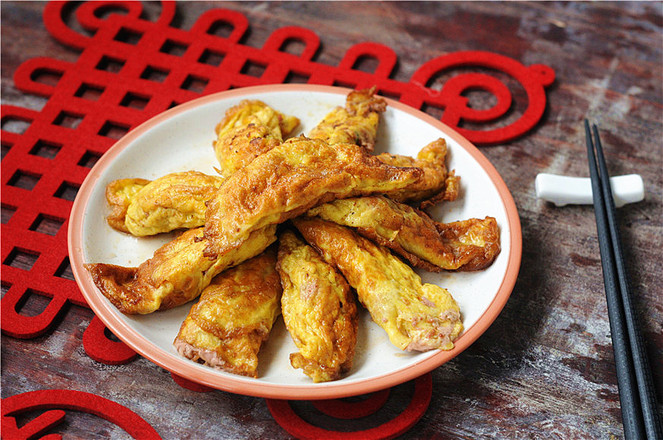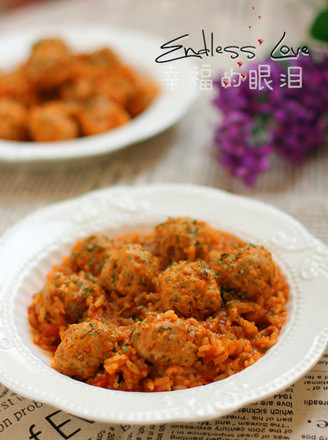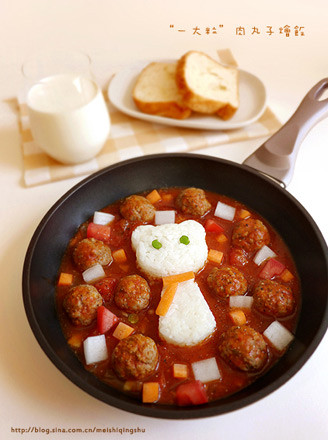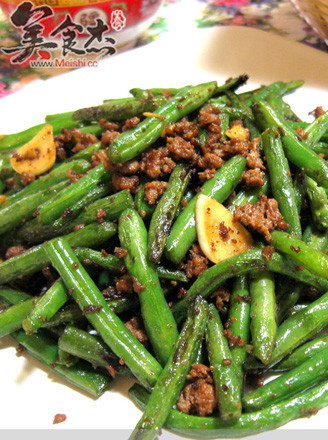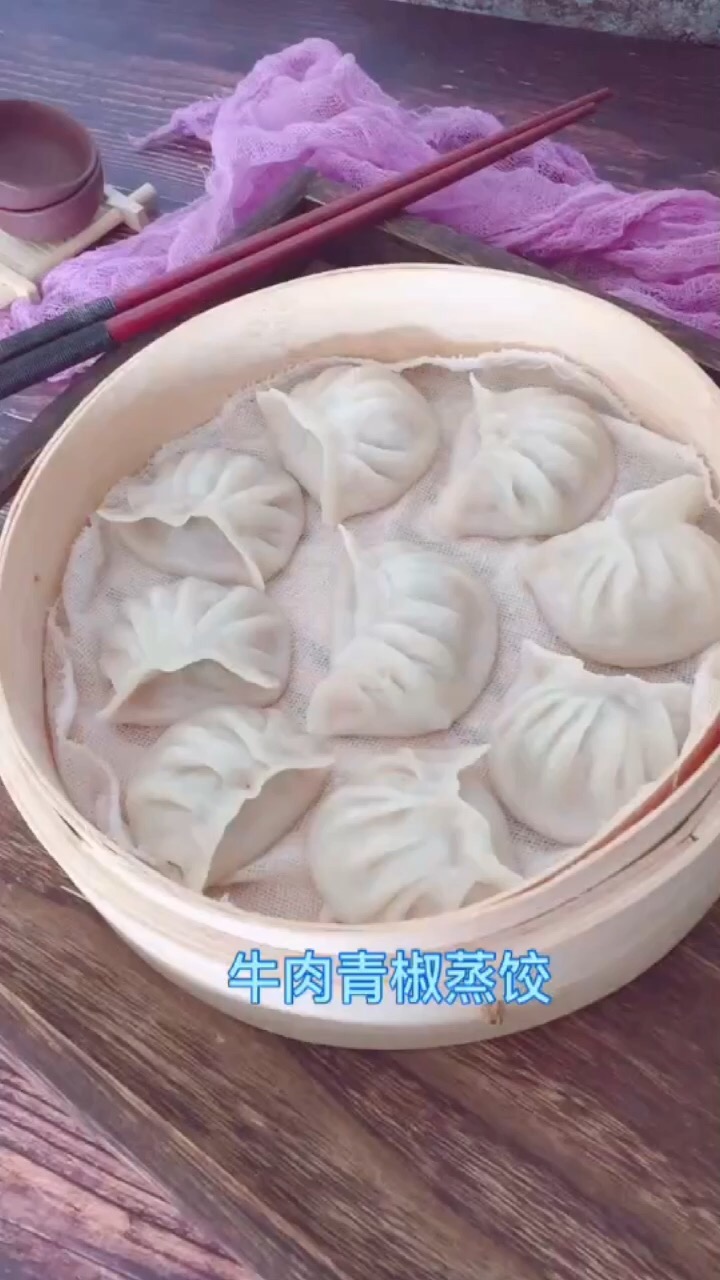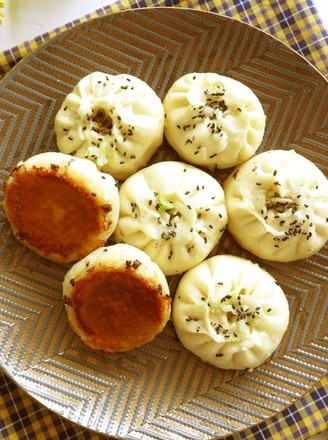Beef and Egg Dumplings
by Meimeijia's Kitchen
Favorite
Difficulty
Normal
Time
30m
Serving
2
Eating dumplings during the New Year is a big difference between the north and the south!
Dumplings in the north are eaten as a staple food, and they are eaten with an atmosphere, while dumplings in the south are completely different. In Hunan, a dumpling that must be eaten during the New Year without a little flour, will the northerners be surprised if they see it? .
Southern dumplings are made with egg skins wrapped in meat, steamed and served on the table, it is a delicious banquet dish of yellow orange.
This dish is also one of the deepest memories of my childhood. When I was young, my mother spent a whole night cooking this dish during the Chinese New Year. I helped my mother burn the fire, and the whole family chatted while roasting the fire. Such a good time, in that poor era, all year round, I can enjoy it once or twice, so I have always missed this dish deeply. Its realization Nowadays, everyone pays attention to a balanced diet. So many meat fillings are definitely daunting, but every Chinese New Year, I will follow my mother's appearance and devoutly wrap a big bowl.
In the past, when making dumplings, the emphasis was on more meat. The bigger the dumpling and the more meat, the happier the customer. When I talk to others, I will say that the owner is generous and this is very rich. Now I make dumplings and like to eat meat. Add some vegetables and the like in the filling, which not only tastes good, but also has a balanced nutrition. The size of dumplings is not so big anymore, one bite is best, it is convenient to eat, and it is easy to cook when steamed.
Auspicious and delicious beef and egg dumplings, it’s not difficult to make, let’s make a banquet
Dumplings in the north are eaten as a staple food, and they are eaten with an atmosphere, while dumplings in the south are completely different. In Hunan, a dumpling that must be eaten during the New Year without a little flour, will the northerners be surprised if they see it? .
Southern dumplings are made with egg skins wrapped in meat, steamed and served on the table, it is a delicious banquet dish of yellow orange.
This dish is also one of the deepest memories of my childhood. When I was young, my mother spent a whole night cooking this dish during the Chinese New Year. I helped my mother burn the fire, and the whole family chatted while roasting the fire. Such a good time, in that poor era, all year round, I can enjoy it once or twice, so I have always missed this dish deeply. Its realization Nowadays, everyone pays attention to a balanced diet. So many meat fillings are definitely daunting, but every Chinese New Year, I will follow my mother's appearance and devoutly wrap a big bowl.
In the past, when making dumplings, the emphasis was on more meat. The bigger the dumpling and the more meat, the happier the customer. When I talk to others, I will say that the owner is generous and this is very rich. Now I make dumplings and like to eat meat. Add some vegetables and the like in the filling, which not only tastes good, but also has a balanced nutrition. The size of dumplings is not so big anymore, one bite is best, it is convenient to eat, and it is easy to cook when steamed.
Auspicious and delicious beef and egg dumplings, it’s not difficult to make, let’s make a banquet

